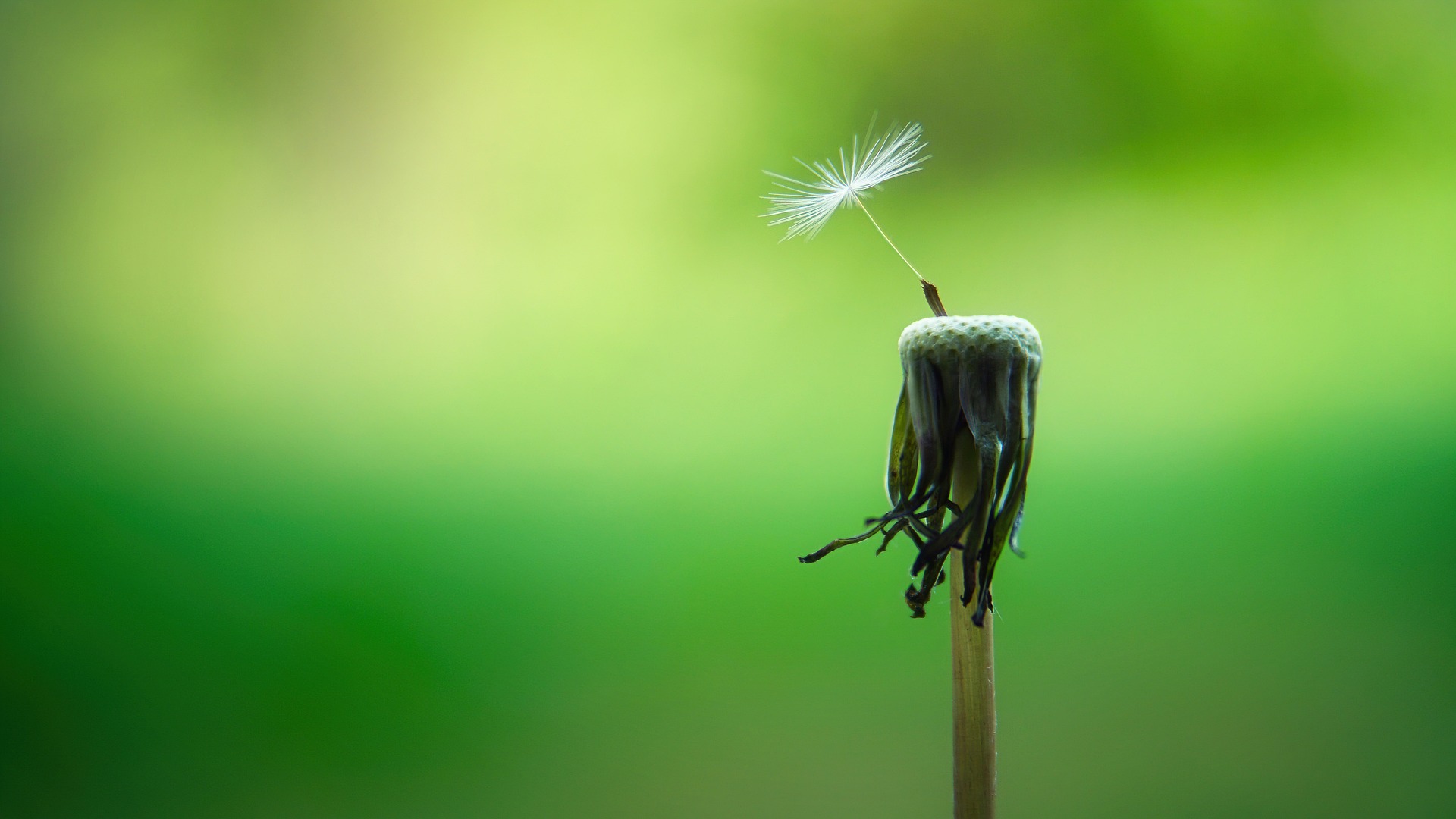We’ve all heard the phrase “live in the present,” but what does it really mean? And more importantly, how can we actually do it?
The concept of living in the present is rooted in mindfulness, a practice that has gained popularity in recent years as a way to improve mental and physical well-being. Mindfulness is the act of being fully present and engaged in the current moment, without judgment or distraction. It’s about paying attention to your thoughts, feelings, and surroundings with a curious and non-reactive attitude.
The benefits of mindfulness are well-documented. Studies have shown that regular mindfulness practice can reduce stress, improve mood, boost the immune system, and even increase gray matter in the brain. But despite its many benefits, mindfulness can be difficult to practice, especially in today’s fast-paced, distraction-filled world.
Why Is It So Hard to Live in the Present?
What are you really thinking about?
One of the main reasons it’s hard to live in the present is that our minds are constantly racing. We’re always thinking about the past, rehashing old memories and regrets, or we’re worried about the future, imagining all the things that could go wrong.This “monkey mind” as it’s often called, can make it almost impossible to focus on the present moment.
Another reason it’s hard to live in the present is that we’re constantly bombarded with distractions. From our phones and computers to the endless stream of notifications and emails, it can be difficult to disconnect and focus on the present.
How to Live in the Present
Despite these challenges, there are several techniques you can use to help you live in the present.
Practice mindfulness meditation
One of the most effective ways to live in the present is to practice mindfulness meditation. This type of meditation is all about focusing on the present moment, without judgment or distraction. There are numerous methods for practicing mindfulness meditation, but one of the most common is to simply focus on your breath. Sit in a comfortable position, close your eyes, and pay attention to the sensation of the air moving in and out of your body. When thoughts arise, simply acknowledge it and gently return your attention to your breath.
Take a break from technology
Another way to live in the present is to take a break from technology. Turn off your phone and log out of social media for a set period of time each day. This will give you a chance to disconnect and focus on the present moment.
Practice gratitude
Practicing gratitude is another effective way to live in the present. When you focus on the things you’re thankful for, you’re less likely to get caught up in worry and regret. Take some time each day to write down a few things you’re grateful for.
Engage your senses
Finally, one of the best ways to live in the present is to engage your senses. Take a walk outside and pay attention to the sights, sounds, and smells around you. Notice the way the sun feels on your skin or the way the leaves rustle in the wind. Engaging your senses can help you stay present and focused.
Final Thoughts
Living in the present can be difficult, but it’s worth the effort. When you’re able to focus on the present moment, you’re less likely to get caught up in worry and regret, and you’re more likely to feel happy and fulfilled. So take some time each day to practice mindfulness, take a break from technology, practice gratitude, and engage your senses. You might be surprised at how much your life improves.
With a little bit of practice, you can learn to live in the present and enjoy all the benefits that come with it. It’s important to remember that mindfulness is not about perfection, it’s about progress. It’s not about clearing your mind completely, it’s about noticing when your mind has wandered and gently bringing it back to the present.
It’s also important to note that living in the present doesn’t mean ignoring the past or the future. It’s about finding a balance between being fully engaged in the present moment and also acknowledging and learning from the past, and planning for the future.
Incorporating mindfulness into your daily routine can be challenging at first, but the more you practice, the easier it will become. Start small, maybe try meditating for just 5 minutes a day, and gradually increase the time as you become more comfortable.
Living in the present is not only about being mindful, but also about finding balance and being grateful. It’s about being aware of the present moment, and making the most of it. It’s about taking a step back from the world’s distractions and connecting with yourself, your thoughts and your surroundings. Remember to be patient with yourself, and remember that mindfulness is a journey, not a destination.
Read more from Personal Narrative


